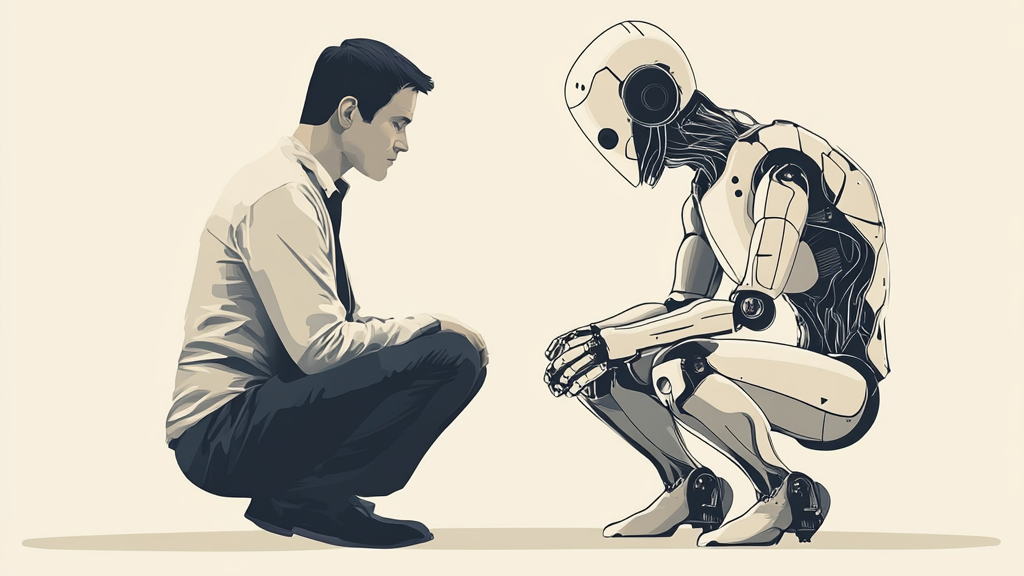The Two Paradoxes That Explain AI’s Future at Work
Fear of AI replacing jobs often ignores key insights: Jevons’ Paradox shows that as resources like AI become abundant, demand grows, creating new uses. Moravec’s Paradox reveals AI struggles with tasks humans find easy. Together, they paint a future of transformation, not replacement.

The conversation around AI, particularly Artificial General Intelligence (AGI), is often dominated by fear—widespread unemployment, job losses, and doomsday scenarios. But are we truly understanding the dynamics at play? Two key principles—Jevons’ Paradox and Moravec’s Paradox—offer a clearer perspective on what’s really happening.
The Insight
Many predict that if AGI achieves the ability to perform most economically valuable work, mass unemployment could follow, requiring drastic interventions like Universal Basic Income. However, these fears often overlook two critical concepts:
1. Jevons’ Paradox
• What It Is: 19th-century economist William Jevons observed that when a useful resource becomes abundant, demand doesn’t decrease—it increases.
• Example: Early internet applications were basic—like publishing documents. As internet availability grew, people found countless new ways to use it. AI is on a similar trajectory, expanding what’s possible rather than shrinking the need for human effort.
2. Moravec’s Paradox
• What It Is: Tasks humans find difficult (like math) are easy for machines, while tasks we find easy (like walking or social interaction) are hard for machines.
• Example: AI might outperform humans in recalling complex product details, but it can’t replace the nuanced human ability to negotiate, manage stakeholders, or align teams around strategic goals.
Why It Matters
1. More Demand, Not Less
AI doesn’t just automate tasks—it creates new opportunities. Tools like ChatGPT or Claude handle repetitive work, freeing up humans to focus on creative, strategic, and interpersonal tasks that machines can’t manage.
2. Flawed Predictions
Studies predicting job losses often assume AGI as a one-dimensional tool. They fail to account for Jevons’ observation that abundance drives innovation or Moravec’s insight into the complexities of human-like tasks.
3. The Human Advantage
AI will remain a complement to, not a replacement for, human workers. Many knowledge work roles—especially those requiring soft skills or emotional intelligence—are far beyond AI’s current or near-future capabilities.
What’s Next?
• Adaptation Over Alarm: Policymakers and businesses must shift from fear-driven narratives to strategies that embrace AI’s role in augmenting human work.
• Invest in Skills: Focus on reskilling and upskilling workers to thrive in an AI-enhanced environment.
• Engage in Dialogue: Move beyond simplistic, alarmist takes and have deeper conversations about AI’s real-world impact.
Your Takeaway
AI isn’t here to end work—it’s here to transform it. Jevons’ Paradox shows that as AI becomes abundant, demand for new uses will grow. Moravec’s Paradox highlights that human strengths remain indispensable in areas AI can’t master.
Let’s talk: Are you ready to embrace the opportunities AI presents?





